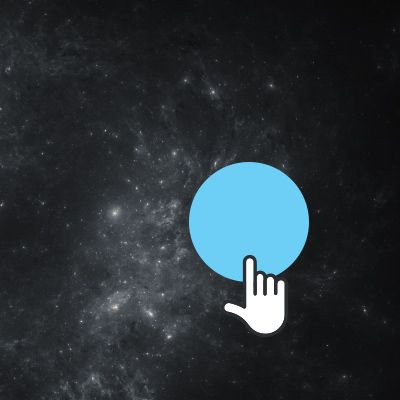Quantum’s natural selection explored.
There might be no getting around what Albert Einstein called “spooky action at a distance.” With an experiment described today in Physical Review Letters — a feat that involved harnessing starlight to control measurements of particles shot between buildings in Vienna — some of the world’s leading cosmologists and quantum physicists are closing the door on an intriguing alternative to “quantum entanglement.”
“Technically, this experiment is truly impressive,” said Nicolas Gisin, a quantum physicist at the University of Geneva who has studied this loophole around entanglement.
According to standard quantum theory, particles have no definite states, only relative probabilities of being one thing or another — at least, until they are measured, when they seem to suddenly roll the dice and jump into formation. Stranger still, when two particles interact, they can become “entangled,” shedding their individual probabilities and becoming components of a more complicated probability function that describes both particles together. This function might specify that two entangled photons are polarized in perpendicular directions, with some probability that photon A is vertically polarized and photon B is horizontally polarized, and some chance of the opposite. The two photons can travel light-years apart, but they remain linked: Measure photon A to be vertically polarized, and photon B instantaneously becomes horizontally polarized, even though B’s state was unspecified a moment earlier and no signal has had time to travel between them.










Comments are closed.